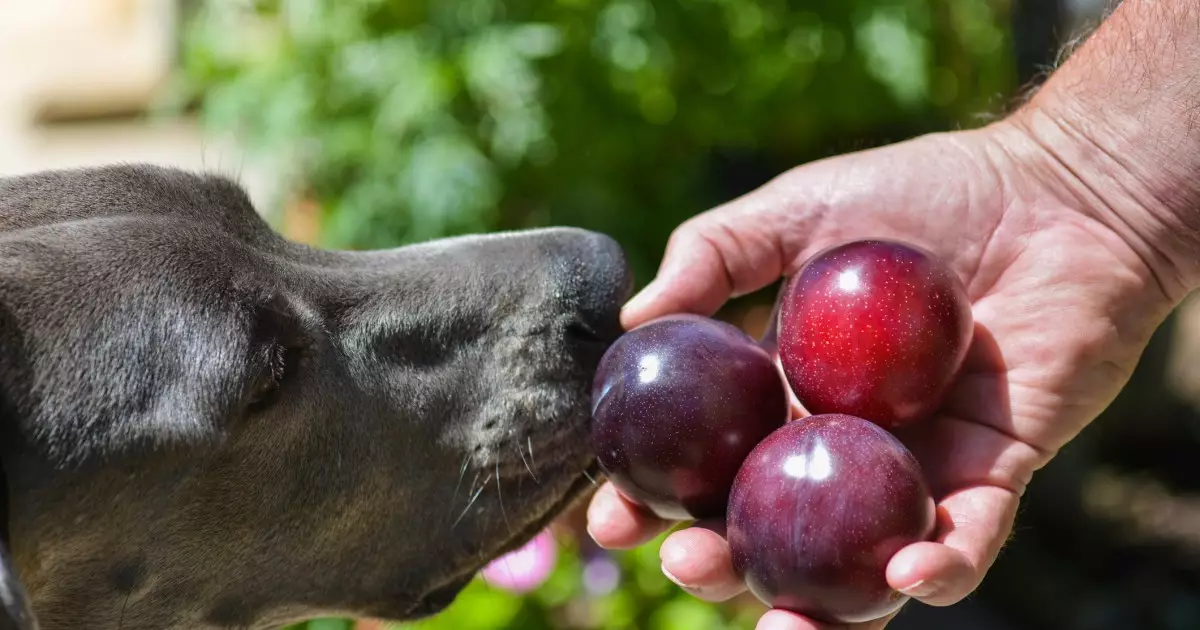When it comes to sharing our food with our furry friends, the line between safe and harmful can sometimes blur. One fruit that often raises this question is the plum. While munching on these sweet, juicy morsels, many dog owners may wonder if their pup can enjoy them as well. The hard truth, however, is that plums carry serious risks that could jeopardize your dog’s health.
The flesh of a ripe plum, while not toxic, offers no real nutritional benefits for dogs. More concerning is the fact that the pit, stems, and other parts of the plum plant harbor dangerous toxins, such as cyanide. This one fact alone should make dog owners think twice before letting their pet have even a small nibble of this seemingly innocuous fruit.
What Happens When Dogs Ingest Plums?
If your dog happens to sneak a bite of ripe plum flesh, they may escape unscathed. The issue arises when they consume parts of the plant that contain harmful substances. Beyond the immediate threat of cyanide poisoning, substances like prunasin and amygdalin present in plums can contribute to severe health issues. Symptoms of plum poisoning can manifest quickly and may include tremors, vomiting, and difficulty breathing.
In more severe cases, the toxins can enter a dog’s bloodstream, potentially leading to kidney failure or even death. This tragic outcome highlights the critical importance of keenness when it comes to what our dogs manage to eat.
Monitoring and Preventative Measures
What should dog owners do if they suspect their pet has ingested parts of a plum? The first step is to assess the situation as calmly as possible. If your dog snagged a piece of plum flesh and avoided the pit or any greenery, they will likely be fine. However, if you suspect they’ve indulged in potentially harmful parts, close observation is vital.
Keep a watchful eye for signs of distress. If symptoms occur, don’t delay in seeking veterinary help, as timely intervention is crucial for treatment and recovery. Vets may administer sodium nitrite via an intravenous drip to counteract the cyanide’s effects, illustrating the dire need for vigilance.
The Takeaway: Prioritize Pet Safety
Ultimately, the risks associated with feeding plums to dogs far outweigh any perceived benefits. While it’s tempting to share the joy of our favorite snacks with our canine companions, we need to prioritize their safety above all else. Instead of reaching for plums, consider safer, more nutritious snack options that won’t compromise your dog’s health. Fruits like blueberries, apples (without seeds), and watermelon (seedless) provide tasty, healthy alternatives that your dog can enjoy without fear of toxic repercussions.
In essence, our love for our pets should drive our choices in pet care. The next time you’re tempted to share a plum with your dog, think twice. Their health and happiness depend on making wise decisions about what they consume.

